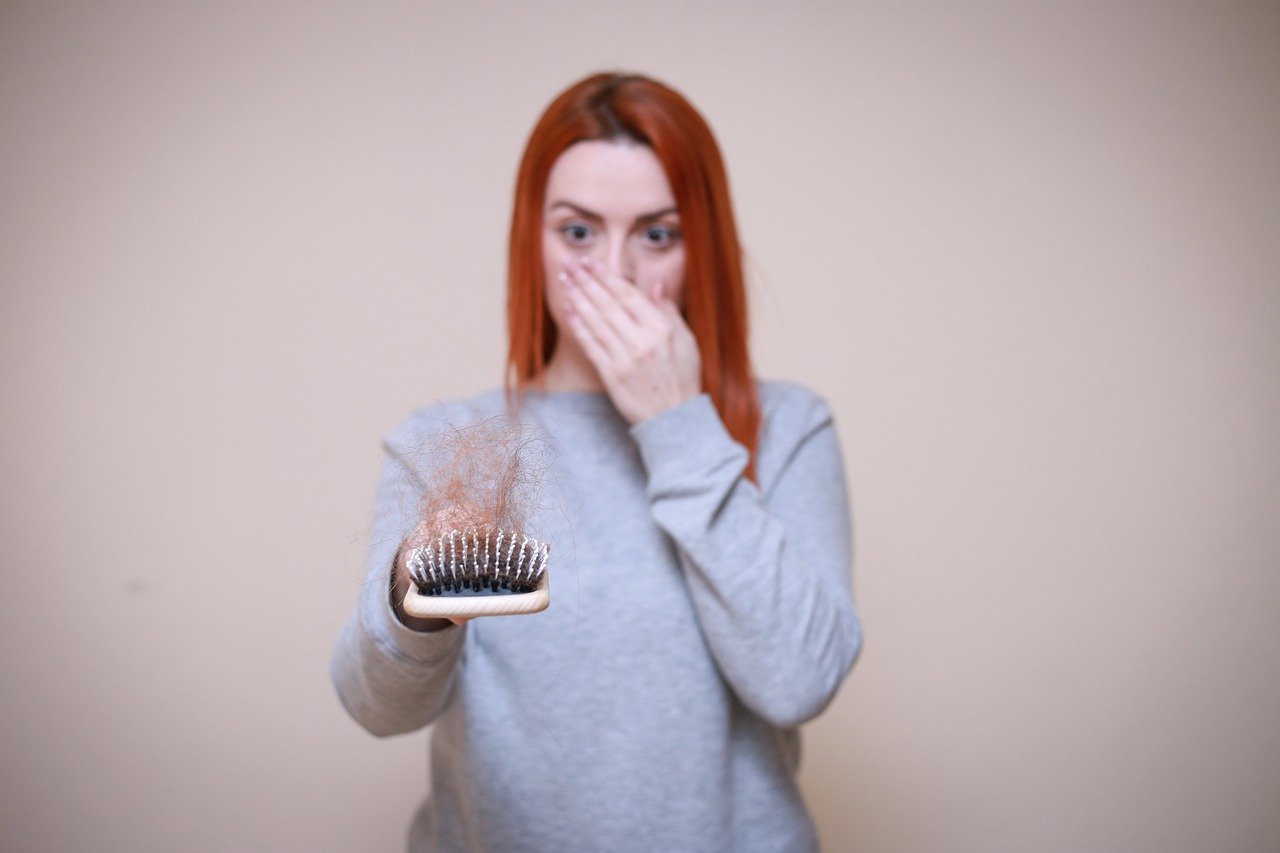Hair loss can be extremely disheartening and disconcerting, especially if it starts while you’re still young. It can make you feel like you’re aging prematurely or make you wonder if others perceive you as less attractive. It might even cause you to worry that you have some sort of underlying health problem. For any number of reasons, you might look in the mirror and be less happy with the reflection staring back.
Even if you haven’t lost much hair yet, your changing appearance might feel unsettling. You might be wondering if there’s something you could be doing to stop it from happening. The good news is that it’s practically never too early to start a hair loss treatment regimen. The earlier you start, the better your chances of maintaining or even regrowing some or all of your hair. Here’s how and why to start hair loss prevention early.
Topical Medications

One very popular hair loss treatment, minoxidil, is designed to regrow lost hair. It’s available as both a foam and a liquid solution, which you apply twice daily, directly to the scalp. In order for minoxidil to work, you have to use it consistently for several months. It’s also important to keep applying it twice a day even after you start seeing results. Up to two thirds of men with balding say they see positive results when they use minoxidil correctly.
Minoxidil can’t completely cure hair loss, but it can certainly delay the progression of male (or female) pattern baldness. Research has also shown that it’s more effective for people who are younger and have a shorter hair loss history. In other words, the sooner you get started using minoxidil, the more effective it could be for you. That said, if you’re younger than 18, check with a healthcare provider, since it isn’t FDA-approved for minors.
Oral Medications
Finasteride, typically offered as a prescription pill, is used to prevent the hairline from receding, control thinning, and encourage regrowth. Finasteride may be a little better at preventing hair loss than regrowing hair, which is why it’s often used in combination with minoxidil. As with minoxidil, it’s approved for men ages 18 and up, and most effective when you start using it early. It should not be used before puberty, as it can interfere with normal hormone development.
Finasteride works by stopping your body from producing an enzyme called 5-alpha reductase. This enzyme interacts with testosterone, converting into dihydrotestosterone, a male sex hormone widely considered to be responsible for male pattern baldness. The earlier you start using finasteride, the sooner it can start blocking DHT and preventing future hair loss. Some doctors say finasteride is more effective for men in their 20s or 30s than in older men.
Lifestyle Changes

Whether or not you choose to try medications or other hair loss treatments, your lifestyle also plays a role. Factors like stress, obesity, smoking, and excessive alcohol consumption can all contribute to premature hair loss. On the other hand, consistent healthy behaviors like a balanced diet and regular exercise may slow its progression. Dieting and going to the gym won’t bring back lost hair, but they may help keep it from falling out.
To stave off hair loss naturally, make sure you’re eating plenty of fruits and vegetables and getting enough protein. Certain vitamins and other dietary supplements, like biotin, may help keep hair thicker and healthier. Maintaining a healthy weight is also correlated with a lower likelihood of male pattern hair loss. Getting enough sleep, exercise, and incorporating stress-reducing techniques like meditation may also make a big difference.
Hair Restoration Surgery
In cases where hair loss is too advanced or follicles are too damaged to see results from medications, there are other options. One common route is hair restoration surgery, also known as a hair transplant. There are two main types of hair restoration procedures, FUE and FUT. That’s follicular unit extraction and follicular unit transplantation, respectively. During a FUE transplant, individual follicles are removed from one part of the head and inserted in another. In a FUT transplant, a large strip of skin and follicles is removed before reinsertion.
Even with hair restoration surgery, you still need to do it sooner rather than later to see the best results. People whose hair loss is too advanced might not even be candidates for restoration, since they don’t have enough donor hair. Hair can be transplanted from other areas of the body and inserted in the scalp in some cases. But body hair transplants are more likely to fail than transplants from the head. In other words, early action is your best bet.
Better Late Than Never
If you’ve already noticed substantial hair loss and you feel you’re late to the bandwagon, don’t fret. There’s still time to prevent further hair loss and encourage regrowth. Some treatments are effective and approved for people up to at least age 65. Hair restoration is also a good option for many people who’ve experienced significant hair loss.
That said, if you’ve only lost a bit of hair and you’re not sure when to get started, now could be the time. Keeping your hair follicles healthy now is usually more effective than trying to restore their function later. Treating and preventing hair loss now could make a big difference in your appearance, self-esteem, and confidence.
